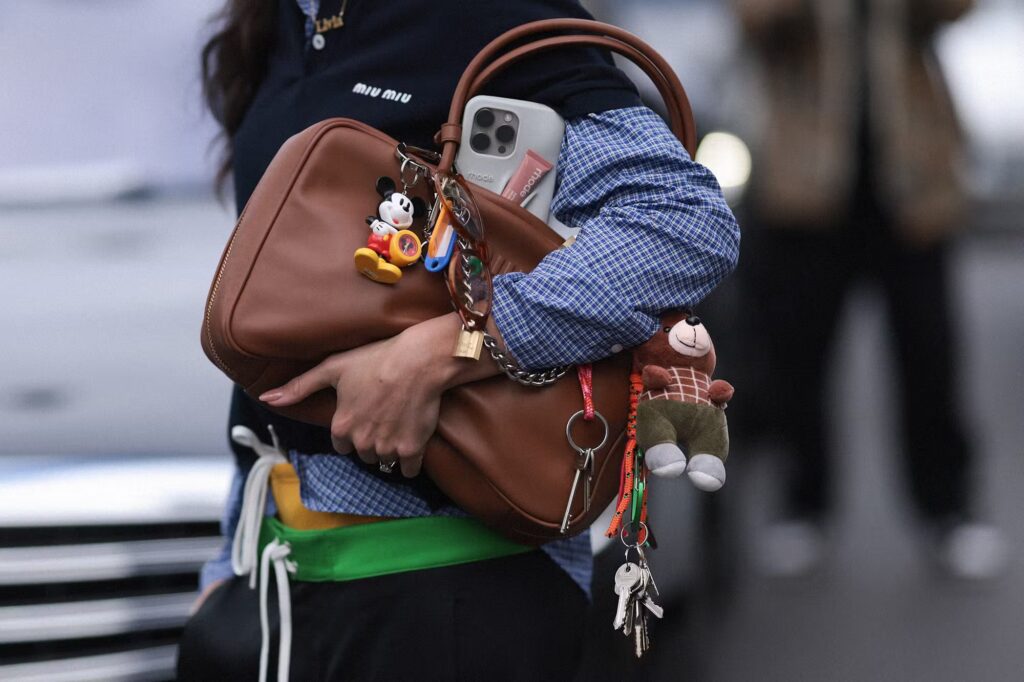In 2024, the world became captivated by a peculiar cultural trend: the trinket. These small, often inexpensive objects—ranging from keychains to tiny collectibles—rose from being simple knickknacks to symbols of identity, nostalgia, and creativity. They transcended their traditional role as decorative items, becoming social media sensations, hot commodities, and even investments.
The Rise of the Trinket Trend
Trinkets have always existed, from ancient talismans to modern souvenirs. But in 2024, they experienced a renaissance, propelled by several converging factors.
Nostalgia in Overdrive
The global fascination with nostalgia, fueled by platforms like TikTok and Instagram, played a significant role in the trinket boom. Miniature items from the past—like Tamagotchis, Beanie Baby keychains, or vintage Polly Pockets—resurfaced as must-have items. These objects evoked a longing for simpler times, particularly among Millennials and Gen Z, who sought comfort in tangible reminders of their childhoods.
Social Media Aesthetics
The rise of “tiny aesthetics” on social media made trinkets a popular subject for influencers. Hashtags like #TrinketHoard and #TinyCollectibles went viral, showcasing curated collections of mini figurines, decorative charms, and custom-made keychains. This visual trend created a demand for unique, photogenic objects that could be displayed online.
Customization and DIY Culture
Etsy shops, 3D printing, and crafting communities gave rise to highly customizable trinkets. People embraced the chance to create or buy personalized items, turning trinkets into intimate expressions of their identity. Customized resin keychains, engraved pendants, and miniature dioramas flooded marketplaces.
The Types of Trinkets That Took Over 2024
The diversity of trinkets in 2024 was astounding. Some categories dominated the market more than others, each reflecting specific aspects of the cultural zeitgeist.
Collectibles
Brands like Funko Pop! introduced miniature versions of their iconic figures, while limited-edition trinkets tied to franchises like Stranger Things and Barbie became instant hits.
Functional Trinkets
Not all trinkets were purely decorative. Multifunctional items like AirTag holders disguised as adorable keychains and pocket-sized phone stands became bestsellers.
Handmade and Custom Trinkets
Artisanal trinkets, particularly those sold on platforms like Etsy, brought a personal touch to the trend. Custom keychains, resin charms with embedded flowers, and miniature clay food sculptures were fan favorites.
Retro Throwbacks
Mini versions of 1990s gadgets, like Tamagotchis and Game Boys, re-emerged with a modern twist, appealing to collectors and tech enthusiasts alike.
Cultural and Economic Impacts of Trinkets
Trinkets as Identity Markers
In an age of hyper-individualism, trinkets became more than accessories—they were symbols of personal identity. A Pokémon keychain or a Star Wars figurine hanging from a bag wasn’t just an object; it was a statement about the owner’s personality, interests, and fandoms.
Social Currency
Trinkets became a new form of social currency, especially among younger generations. Unique or rare items garnered likes and comments on social media, while trading trinkets at conventions or meetups fostered a sense of community.
Economic Boom
The trinket market saw exponential growth in 2024, with global sales reaching billions of dollars. Major retailers jumped on the trend, dedicating sections of their stores to mini collectibles. At the same time, independent artisans thrived, leveraging platforms like Instagram and Etsy to reach dedicated buyers.
Consumerism and Overproduction
The demand for trinkets led to concerns about overproduction and waste. Many mass-produced items were made from plastics and other non-biodegradable materials, raising questions about sustainability.
Rising Prices for Rare Items
As with any collectible trend, scarcity drove up prices. Limited-edition trinkets became commodities, with resellers charging exorbitant amounts for items initially sold at affordable prices.
Exploitation of Artists
While some artisans thrived, others faced challenges, including underpricing and plagiarism. Popular designs were often copied and mass-produced by larger companies, undermining the original creators.
Why 2024 Was the Perfect Year for Trinkets
Several societal and cultural factors converged to make 2024 the “Year of the Trinket”:
•Pandemic Aftermath: Post-pandemic life left people craving tangible, comforting objects as a break from digital overstimulation.
•Emphasis on Personalization: Modern consumers increasingly sought unique, meaningful items that reflected their individuality.
•Creative Communities: Social media platforms provided spaces for artists and collectors to connect, share, and inspire.
The Future of Trinkets
The trinket trend shows no signs of slowing down, but its evolution will likely focus on sustainability and innovation.
Eco-Friendly Trinkets
Brands are already exploring biodegradable materials and upcycled designs to cater to eco-conscious consumers.
Digital Integration
As augmented reality and NFTs continue to grow, we may see digital trinkets that exist in virtual spaces, blurring the line between physical and digital collectibles.
Continued Customization
The desire for personalized items will likely persist, driving demand for unique, one-of-a-kind trinkets created through advanced 3D printing and other technologies.
Why Trinkets Matter
On the surface, trinkets might seem insignificant, but their cultural impact in 2024 reveals deeper truths about society. They reflect a longing for connection, a desire for self-expression, and the enduring appeal of tangible objects in an increasingly digital world.
From tiny charms on a keychain to intricate collectibles on a shelf, trinkets tell stories about who we are and what we value. As 2024 showed, sometimes the smallest objects can have the biggest impression.
No comments yet.







